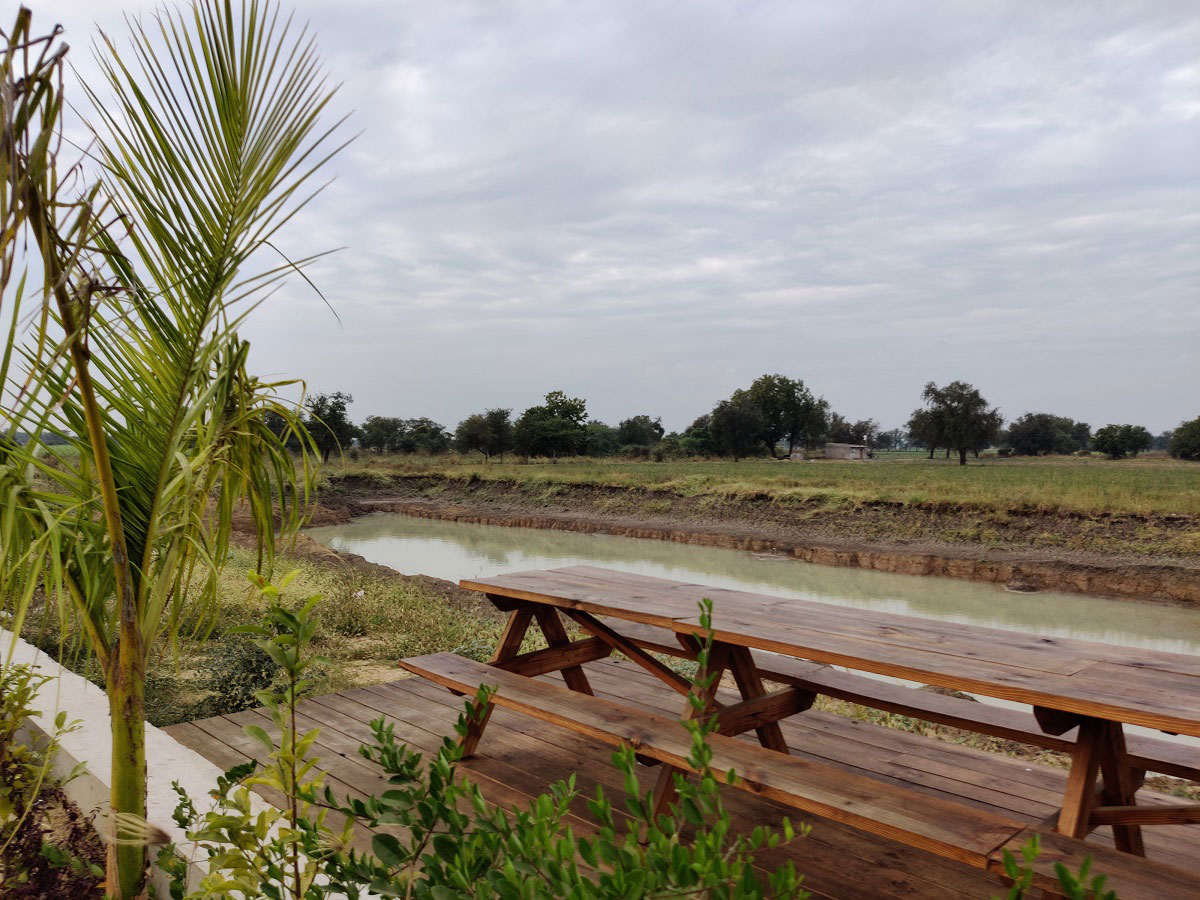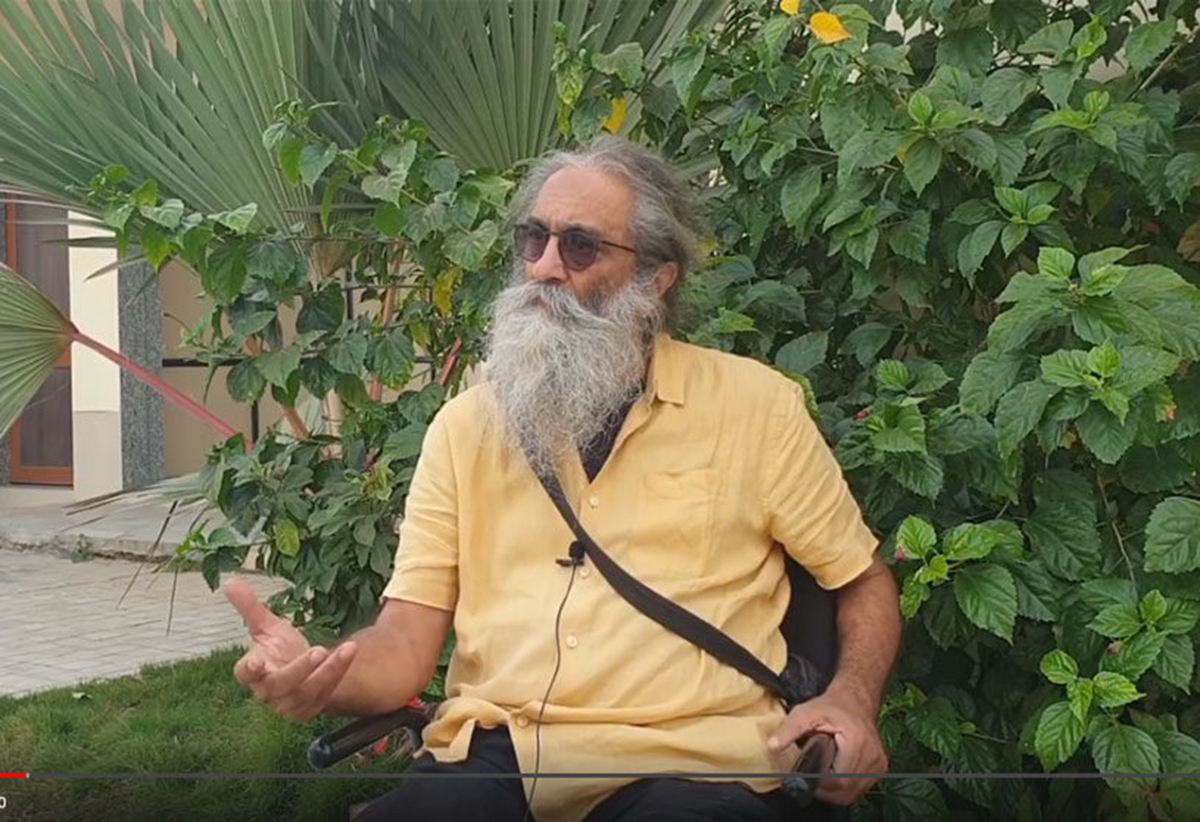Professor Gurdev Singh brings in his large experience as an architect and an academician from across Australia, middle east and India, while sharing with us his unique way of teaching architecture. He unhesitatingly talks about the cross learning he wishes to offer at the Mudra Takshashila Institute of Design and Architecture, where he is a professor. He propagates the cross learning amongst various architecture and design disciplines with a simple argument:
“The more cross learning you do .. more the options you get into. Why can’t an architect become a fashion designer or an interior designer become an architect?….I think learning from each other is an important component. The more you expand the better the learning you can get.”
He also hugely advocates the concept of ‘learning by doing’: a hands on approach for learning technical subjects such as building construction, structure and environmental science. For the same reason, the new building for design and architecture courses at MTIDA(Add full name and link) is being proposed as a laboratory for students. Not only students enrolled in the university, but students of other colleges will also be encouraged to participate in the construction of the building.
“One of the reasons for doing that is we believe in ‘learning by doing’ … The new building actually has a lot of new technology like glulam, rammed earth, stabilized bamboo and mud skins. The building will have a whole lot of experiment, rather than a similar vocabulary; something that constantly keeps changing. We will have a shell and a roof, which will remain constant, and the whole lot of partitions and sub connections will keep on changing … and the kids will be involved in all that. So instead of giving them a finished building they will be involved in the making of the building. And by itself a good learning process.”
“There is a sense of pride which comes when you make something and that is very important to us … That is a very important thing in learning by doing, the sense of pride, by which they memorize something, which will remain for the rest of their life rather than the lecture which comes and they forget it.”

Apart from ‘learning by doing’, ‘learning from nature’ is also important to architectural pedagogy, and Professor gurdev singh believes that the challenges of climate can be best understood by studying nature. He gives a compelling example of the termite nests which orients itself to avoid heating up and has a perfect shape to allow the hot air to rise and escape: a valuable lesson for passive cooling in dry climates.

Principles derived by observing nature are carried on to the design processes in studio and even in technical subjects. The technical subjects are taught with a ‘problem based learning’ approach where the students get a chance to put the lessons derived from nature into practice. These and other pedagogical approaches are elaborated in part-2 of the interview.
